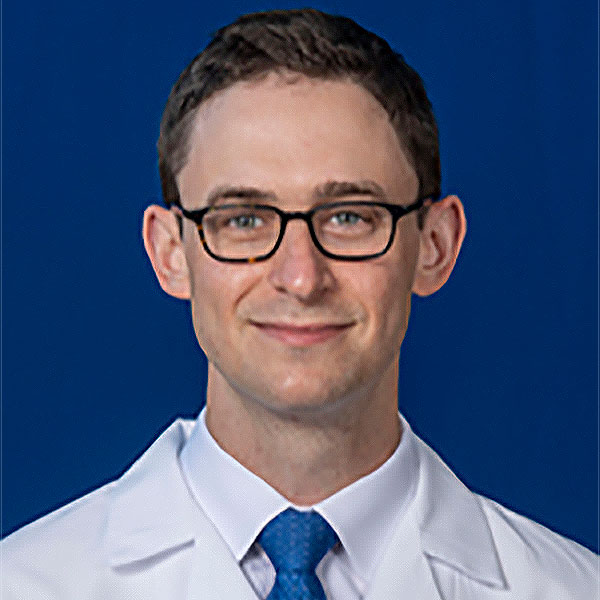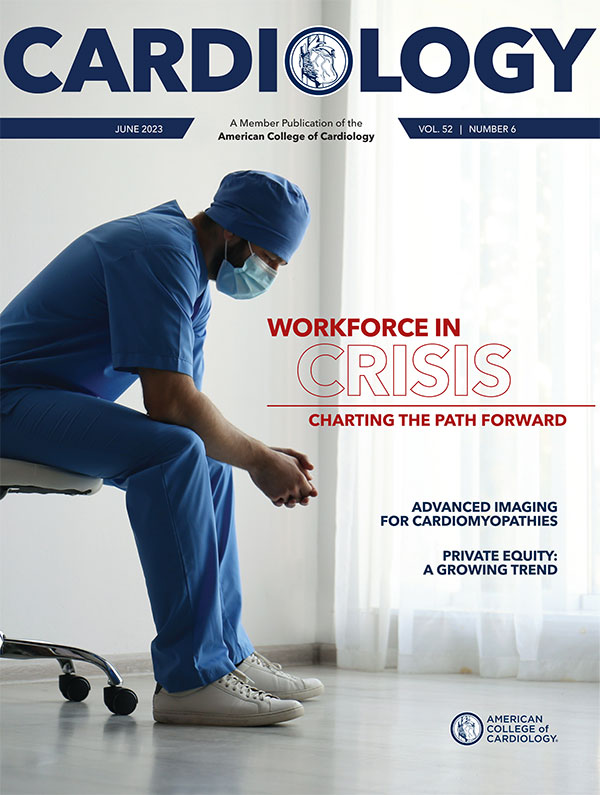For the FITs | Cardiology Fellowship: Lessons Learned

Cardiology fellowship is approximately 720 days – a time period during which a fellow must figure out how to commit all 2,128 pages of Braunwald's Heart Disease 11th edition to memory, master the cardiovascular physical exam, read any of five cardiac imaging modalities, and comfortably comment on any of the nine subspecialties now under the cardiology umbrella. When we realize this is a Sisyphean task is when we can begin to learn cardiology.
I write as a third-year cardiology fellow in training in the unique situation of "seeing the light" at the end of the proverbial tunnel yet also remembering the entrance. As such, I'm able to compare and contrast the lessons I set out to learn at the beginning of cardiology fellowship to those that I know now to be true through experience and reflection.
When I entered cardiology fellowship, I was certain the most important goals to advance my career were to perform academic research, to find a research mentor, to read electrocardiograms and echocardiograms, and to perform as many procedures as possible throughout fellowship. While these goals played a role in my development during cardiology fellowship, experience has led me to new priorities and observations about how to successfully navigate fellowship.
A mentorship-forward culture improves training. The model of medical training remains an apprenticeship. It is therefore important to find experienced persons with an interest in training you to their level. A mentor can range from an experienced peer to the seasoned attending physician. Furthermore, cardiology mentorship is not limited to traditional academic endeavors, but can extend to learning and mastering practical clinical tasks such as vascular access and transthoracic echocardiography.
Research and mentorship remain an integral part of my development as a physician. Yet, most fellows enter their training without a defined area of research or a mentor. I've learned that defining interests before finding research and mentorship opportunities is important for fostering passion in a particular area of study. It is this passion that promotes true discovery rather than being a mere requirement of a program. I've observed that this passion has kept my surrounding mentors from being overcome by the repetitiveness of day-to-day endeavors and prevalent burnout.
To secure a mentor, the best policy is to communicate openly and let people around you know that you're interested in learning and having a mentor. This may take the form of an informal text message to a co-fellow with advanced vascular access skills or a more formal e-mail to your program director seeking research opportunities.
Embracing diverse experiences drives personal development and patient outcomes. The art of practicing cardiology lies in the details of how evidence-based principles are applied when there is clinical equipoise and in consideration of the personal challenges faced by patients. A diverse group experience and clinical practices gleaned from all members of the health care team can help to identify treatment schemas in difficult situations. Just as multimodality imaging can help to cinch a diagnosis, a multidisciplinary team can offer valuable perspectives from all stakeholders in patient care. This is the core principle behind the observed reduced mortality in centers with multidisciplinary cardiogenic shock teams. It is this team concept and the role of cardiology in the treatment team that drives better patient outcomes and personal development.
Learning to manage and take part in diverse teams is a vital skill in today's landscape of team-based approaches towards successful individualized patient care. Real-life cardiology patients, unlike the homogenous clinical trials we quote daily for decision-making, are complicated with comorbidities beyond cardiovascular disease. This often involves the formation of a multidisciplinary team running the gamut from endocrinology to cardiothoracic surgery. Interprofessional awareness of patient and team members' diversity contributes to clear communication and helps to improve flexibility and foster humility to create a cohesive team and provide better care. Our training in general medicine comes to light time and time again in team-based discussions in patients with complicated comorbidities.
Patience is necessary when timing is of the essence. During cardiology fellowship, trainees are faced with a multitude of daily tasks to be completed as soon as possible including procedures, note-writing, patient care and consultation. Even though these tasks are important and require prompt attention, patience with one's self and the care team can help to ease stress, improve inter- and intra- team relations and ultimately reduce error. A senior clinician once gave me the advice of, "no matter how many things you have going on [today], always finish what you are doing before you look to what's next." This phrasing reminds me that the quality and quantity of work require balance. Impatience with trying to complete too many tasks too quickly creates a perceivable difference in the quality of care delivered to patients.
Continuous learning is essential. Change is rapid in cardiology because of technological and pharmaceutical advances. During my fellowship, there have been new best-in-class medications developed for cardiac amyloidosis, hypertrophic cardiomyopathy and pulmonary hypertension. Similarly, new and improved techniques have been developed for transcatheter mitral valve replacement and physiologic pacing.
Keeping pace with new advancements in the field requires continuous learning. Fellowship is the optimal time for this as there is dedicated didactic time to discuss new developments with co-fellows, faculty and industry representatives. The effort to attend morning conference or cardiology grand rounds can help to stay abreast of new developments in the field and to review complicated pathophysiology underlying cardiovascular disease. Also, lectures and cases can supplement clinical experience to move trainees towards a specific discipline. Attending and participating in conferences and journal clubs also can help to build one's cardiology network and pave the way into the professional cardiology community.
Procedural and imaging volume is an important consideration for any cardiology trainee. I've learned that a balance between procedural volume and complexity is necessary to create confidence in the procedure room and behind the imaging terminal. I recommend reviewing the Core Cardiovascular Training Statement (COCATS) guidelines for your desired areas of practice and working with your program to ensure that you are able to obtain the appropriate training. This is important not only to ensure competence but is relevant to job hiring and roles you may hold as an attending cardiologist based on job-specific requirements.
Compassion and empathy are the language of patient care. At the core of medicine is the interaction between physician and patient. This is especially true of cardiology, a field in which the physical exam can suggest a diagnosis or be used to monitor response to treatment. However, a large portion of modern patient care is now digitized in virtual visits or patient portal messages. This is both an opportunity to remove barriers to connect with patients, yet also makes the development of a relationship difficult.
Certainly, the tenets of compassion and empathy are not a new feature of practicing medicine well, but I've found that dedicated attention to both my voice and facial expression have helped to develop digital relationships with patients. For example, I take time to summarize my pre-chart review on virtual visits to communicate to patients that even though we're separated, I'm attentive to their care. It has become clear that compassion and empathy remain universal regardless of the medium through which we communicate; but we must be receptive to new methods of expressing ourselves.
Lessons to Come
Admittedly this is not a complete list of lessons learned. Rather it is a list I embrace and that will continue to grow and prepare me to face the new challenges ahead. It is these experiences and the ways we respond to the challenges that unfold each day that mark personal and professional growth. Much like the heart, cardiology fellowship marches to its own beat full of challenge and excitement at every turn or, should we say, aberrant pathway.

This article was authored by Daniel McBride, MD, a general cardiology Fellow in Training at the Hospital of the University of Michigan in Ann Arbor, where he'll stay for an additional fellowship in cardiac electrophysiology. Reach out to him on Twitter using @Dan_McBride.
Clinical Topics: Prevention, Stress
Keywords: ACC Publications, Cardiology Magazine, Work-Life Balance, Mentors, Fellowships and Scholarships, Goals, Burnout, Psychological, Heart Diseases, Cardiology, Patient Care Team, Policy, Physicians, Teaching Rounds, Pharmaceutical Preparations
< Back to Listings

